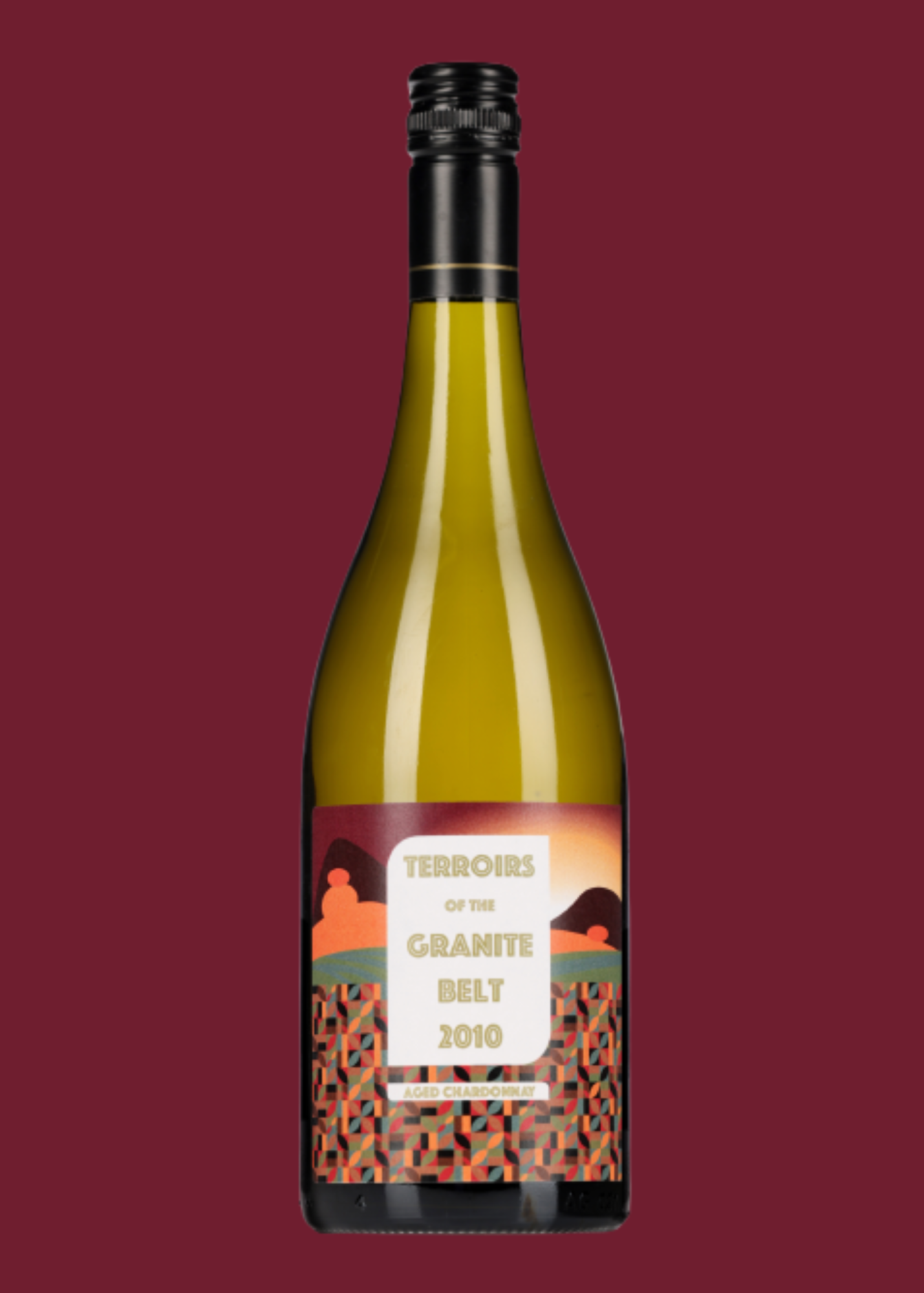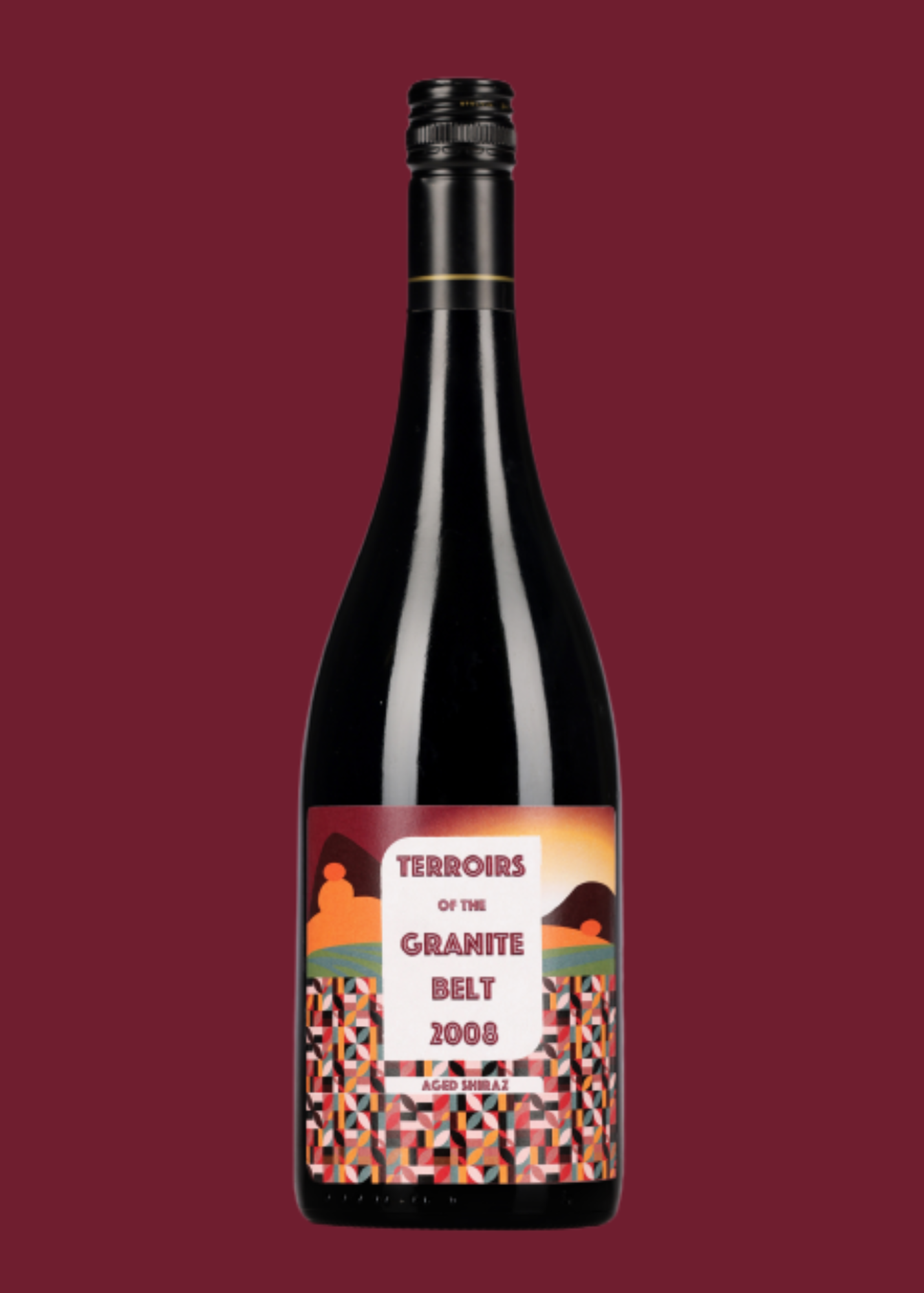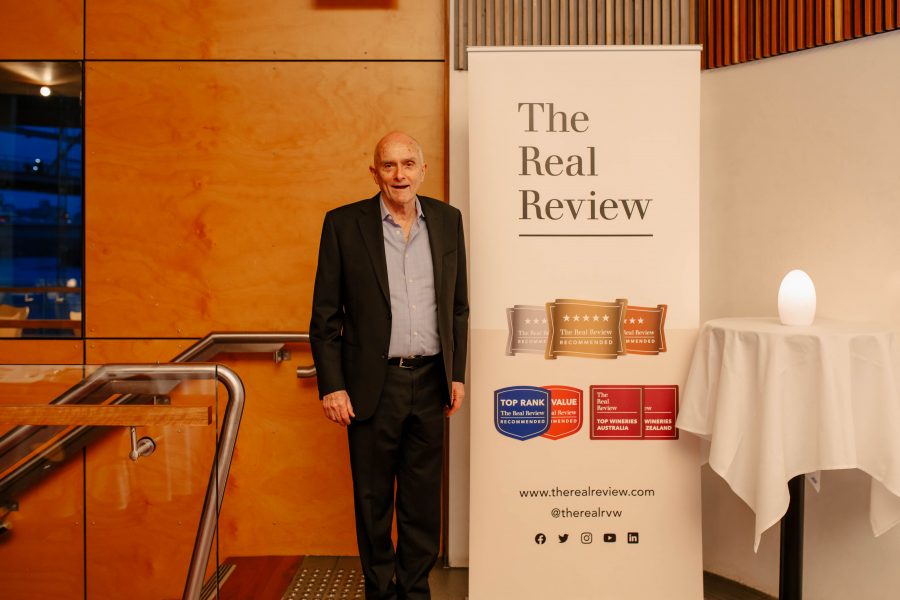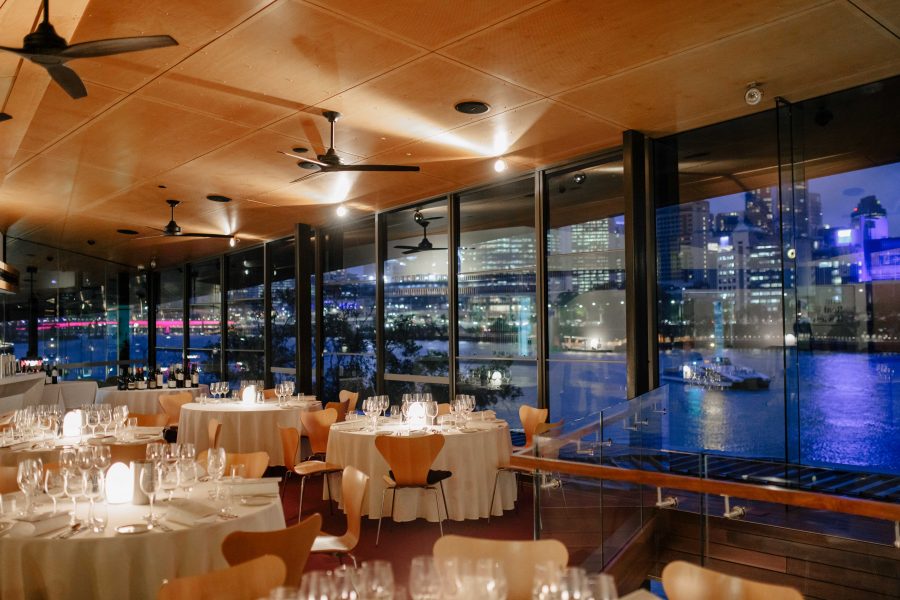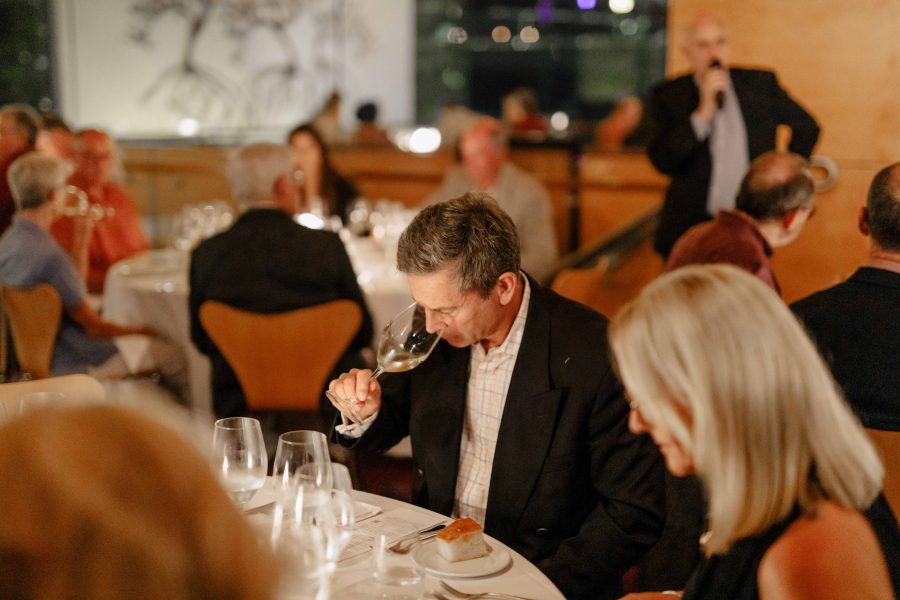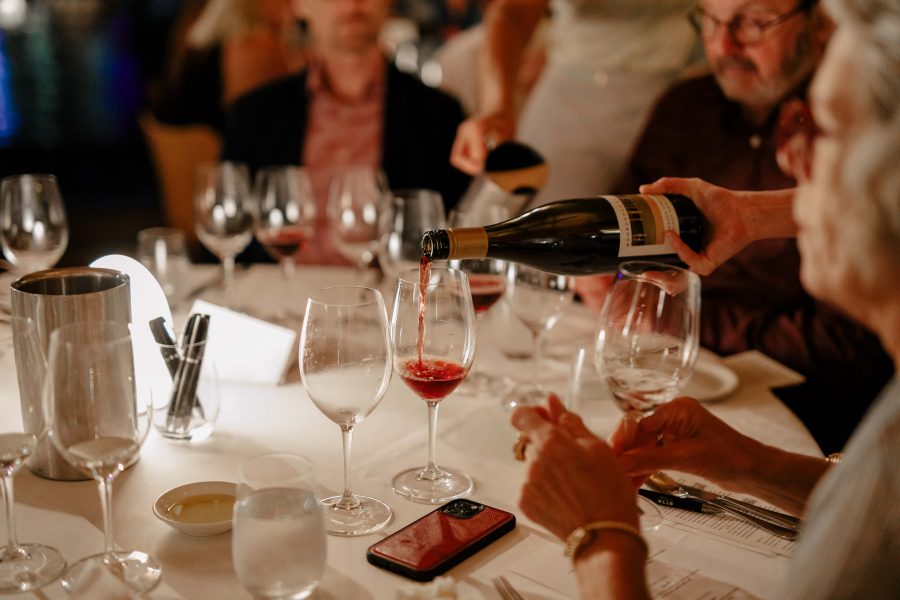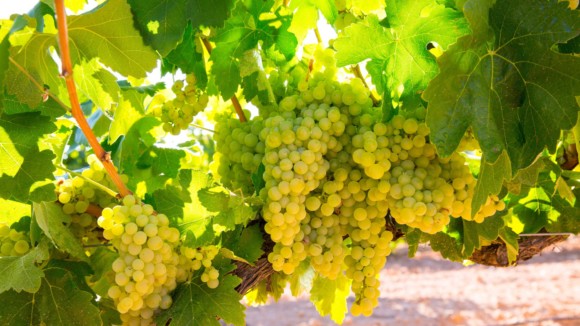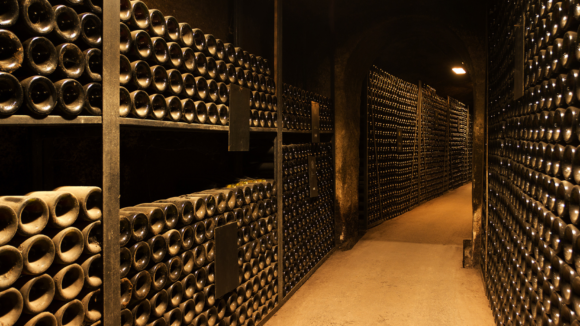The Real Review dinner of Top Rank Wines at OTTO Brisbane in South Bank shone a light on twelve great Australian and New Zealand gold ribbon wines. The restaurant vista, close by the Brisbane River on a stormy spring evening, charged the tasters’ expectant palates.
The large agnolotti parcels were in true Piedmontese fashion, simply coated with gremolata to tease out the relative textures and flavour intensities of each pinot.
OTTO executive chef Will Cowper pitched his matching plates in the frame of an Italian osteria, his understated seasoning clearly allowing the subtleties and characters of the wines to shine and contrast.
View gallery
First course
Fiori di Zucchini—fried zucchini flowers, ricotta, parmesan, peperonata
The wines
- Villa Maria Single Vineyard Keltern Chardonnay 2020, Hawkes Bay, NZ
- Talisman Ferguson Valley Gabrielle Chardonnay 2019, Geographe, WA
- Collector Tiger Tiger Chardonnay 2018, Tumbarumba, NSW
The Single Vineyard Villa Maria with its layers of flavour, crème brûlée, smoke and nut complexity contrasted the single-parcel Talisman with its delicious grapefruit aromatics. The Collector chardonnay, older and slower-maturing, emphasised struck-match character and its linear acidity highlighted its understated development. It will be a long-liver.
Melted cheese and chardonnay go well together. All three wines shone, the lighter body and bright acid finish of the Collector was consistent with contemporary high-end Australian chardonnay.
Second course

The pinot noir pours with the agnolotti—‘OTTO Reserve’ by Rangers Valley brisket and bone marrow filled pasta, mushrooms, cavolo nero, gremolata
Agnolotti—‘OTTO Reserve’ by Rangers Valley brisket and bone marrow filled pasta, mushrooms, cavolo nero, gremolata
The wines
- Quealy Seventeen Rows Pinot Noir 2019, Mornington Peninsula
- Moorooduc Estate Garden Vineyard Pinot Noir 2018, Mornington Peninsula
- Mountford The Rise Pinot Noir 2018, Waipara, North Canterbury NZ
Three single-vineyard pinots were well matched with this dish. Quealy, grown at Balnarring, has a massive backbone and linear texture when pitted against the svelte floral, soft and silky outlook of the Moorooduc, grown in the low-altitude Tuerong-Moorooduc area. Mountford, from half a hectare on this vineyard’s highest slopes, is a deeply-flavoured, full-bodied, broader textured wine.
The large agnolotti parcels were in true Piedmontese fashion, simply coated with gremolata to tease out the relative textures and flavour intensities of each pinot. Soft (Moorooduc) to bold (Quealy); beefiness contrasting the meatiness of the wines’ whole-bunch ferments.
Third course
Agnello—Longreach lamb rump, green asparagus, peas, zucchini, broad beans, goat’s feta, mint
The wines
- Toby Bekkers McLaren Vale Syrah Grenache 2019
- Dandelion Vineyards Menagerie of the Barossa Grenache Shiraz Mataro 2019
Grenache and its blends are styles enjoying some popularity at last. These wines were starkly different. Toby Bekkers (64% syrah, 36% grenache) is from five vineyards on multiple soil types yet it meshed so well: poised, subtle and long-flavoured with minerality in the finish.
Dandelion Vineyards Menagerie (75% grenache, 20% shiraz, 5% mataro), is all from one 80-year-old Tanunda vineyard. The lamb was cooked at low temperature then finished rare and charred to impart a delicious smoked surface, with simple spring vegetables underneath. It was no distraction from the divide between the Bekkers’ silky texture against the Dandelion’s brute Barossa dry-grown concentration.
Fourth course

The reds were served with the Formaggi—Parmigiano Reggiano served with quince paste, pane carasau & fruit bread
Formaggi—Parmigiano Reggiano served with quince paste, pane carasau & fruit bread
The wines
- Pepper Tree Wines Coquun Shiraz 2018, Hunter Valley
- Heirloom Vineyards McLaren Vale Shiraz 2019
- Yangarra Estate Vineyard Shiraz 2019, McLaren Vale
- Taltarni Old Vine Estate Cabernet Sauvignon 2017, Pyrenees
Warm-area shiraz with this much class appealed to many diners’ palates. Pepper Tree Coquun (Coquun is local First Nations dialect name for the Hunter River) has intense colour, a surprise from this region, and comes from 56-year-old vines. It’s sumptuous and mouth-filling. So agreeable.
The most popular match was the lamb with the Bekkers Syrah Grenache.
Heirloom from Willunga grapes eclipsed the former wine with a grander taste of elegance, fine tannin and towering richness of flavour.
The Yangarra Estate, from a nearby vineyard and blended from several blocks, has black fruits, severe structure and a great compromise between fruit and savoury qualities, oak and natural tannin dryness. The wine is an ideal ambassador for Yangarra.
With a structure as tannic as any cabernet sauvignon, the Taltarni, from the original 1969 plantings, is outstanding. A savoury style, with mouth-sweetening tannins and dark fruits to sustain the dense flavours. The parmesan had crunch, but the best enjoyment came from eating the cheese then drinking this selection solo.
The diners expressed a divided response to modern funky chardonnays, while the multi-layered tapestry of flavours in cool-region wines remains popular. Tasters were doubly enthusiastic about the future of warm-region grenache in their weekly wine diet, yet the overt tannins of the Barossa GSM challenged more timid palates.
The most popular match was the lamb with the Bekkers Syrah Grenache. It was cooked sous-vide to a juicy pink and successfully released the wine’s spice and licorice flavours so beloved by Australian drinkers.
The Real Review
Visit the Real Review for authentic, unbiased opinion on the most interesting, current wines in Australia and New Zealand. You can expect:
- insightful commentary and news about wine and food
- food and restaurant trends relevant to the wine loving Australian and New Zealander.




